|
An amazing new picture book has just been released based on the true story of Chilean high school girls who convinced NASA to send ladybugs to space. It is co-written by Melissa Trempe, an educator with a passion for equality and a love of the outdoors, and Natalia Ojeda, a Chilean doctor whose experience in the ladybug project helped change the trajectory of her life. I fell in love with the story which follows the wishes of a sweet little ladybug who dreams of being an astronaut mirrored with the dreams of a young Chilean girl who adores science. It is a meaningful and relevant story that ALL students will enjoy, but especially our girls who yearn for their place in the future of STEM. The English and Spanish languages are expertly woven throughout the text, and the illustrations by Manuela Montoya are beautiful! Featured Picture Book:
Ladybug LAUNCH - Inspired by a True Story of Chinitas in Space (2024) By Melissa Trempe and Natalia Ojeda Illustrated by Manuela Montoya Summary (via Amazon): Natalia is a chica, an ambitious girl with dreams of becoming a scientist. Luna is a chinita, an adventurous ladybug that dreams of visiting the stars. But neither dream is easy to reach. Ladybugs are meant to munch on garden pests. And no one from Natalia’s family has ever been to college. Still, both Natalia and Luna want más. Then Natalia’s all-girl class designs an experiment. If astronauts want to live in outer space, they’ll need to grow food. Could chinitas go along to keep the pests away? The girls are eager to find out, and Luna is hungry to help. If their theory is correct, it’s a project worthy of NASA itself—and the stuff all dreams are made of. This inspiring picture book is based on the real story of Chilean high school girls who convinced NASA to send ladybugs to space! Related Themes and Standards: Science:
1. Students can research other insects and their needs, then create a book using Book Creator, Canva, or Seesaw. 2. Have students work through the Engineering Design Process and develop a presentation supporting something they believe NASA should include on a future mission. 3. Create classroom terrariums like the ones in the story and make observations over a period of time. HERE is an easy plan to follow. 4. Research and create green screen videos sharing important information about other important female astronauts like Eileen Collins. 5. Choose 10 important events in the story and summarize them on cards. Tape them to each team’s Beebot (or other robot) mat and have them program the bot to follow the correct sequence of events from the story. Do you have other ideas for this story? Please share! #BetterTogether
0 Comments
Whether we teach in a STEM lab, media center, or regular classroom, we all need to find effective ways to support students when failure occurs. How To Solve a Problem by Ashima Shiraishi is a wonderful picture book to use for this purpose! Featured Picture Book:
How To Solve a Problem (2020) By Ashima Shiraishi Illustrated by Yao Xiao Summary: How To Solve a Problem is the true story of Ashima Shiraishi, a world class climber who started at the age of six. Told in the first person point of view, Ashima refers to the mountain she has to climb as “a problem”. Throughout the story, illustrated with large bright colors, she shares her struggles, failures, challenges, and finally successes! She specifically shares how she learns from her mistakes to persevere and triumph. Related Themes and Standards: SEL: Perseverance Positivity Problem-Solving ELA: Metaphors and Similes Personification Science: Gravity Geology STEM Ideas: A great book to use when teaching the Engineering Design Process! 1. If you are tying this book into a Geology unit, have students build a model of Ashima’s mountain using clay, Play-Doh, or other materials. See if they can incorporate all the features she mentions in the story. You could then move on to a rock and mineral study. 2. In the story, Ashima maps out her path up the mountain. This would be a great book to incorporate into a lesson on maps, elevation, and contour lines. Have students create their own map with these elements. 3. Ashima is a free climber, but you could use this story to have students engineer a simple machine to help a beginning climber scale a mountain. Use little action figures and recyclable/dollar store items to test out their designs. 4. The last few pages of the book include many of the mountains Ashima has climbed (and at what age). To integrate math, have students research the heights of the different climbs and create a chart or graph. How else could you use this amazing picture book? Share in the comments! This blog post contains Amazon Affiliate Links. As an Amazon Associate I earn from qualifying purchases. This is an adorable rhyming picture book that is perfect during those times you are either introducing the Engineering Design Process or need to reassure your young engineers that plans don’t always bring success and failure often leads to big inventions! Featured Picture Book:
The Fix-It Man (2016) By Susan Hood (@sHood125) Illustrated by Arree Chung (@arreechung) Summary: Joshua James is a boy who loves to fix problems around the house with his little sister playing the role of assistant/tester. The book includes detailed and fun illustrations of his plans and inventions, many of which resemble Rube Goldberg style devices. Some are successful, while some are not! The main problem is humorous and kids will love to see how JJ and his sister solve it! Related Themes: Engineering Design Process:
STEM Ideas: 1. Great book to include in a study of Rube Goldberg. Have students engineer that style machine to solve a simple real world problem (ie. getting a pencil to a friend). 2. This would be a super book if you are starting a take-apart or backward engineering activity where you give students old electronics/toys and they dismantle them and build something else with the parts. 3. Have students study the simple machines featured in this book. Create a chart of the ones they notice. Then have them engineer something small focusing on just one of those simple machines. For example, there are some great pulley systems in the book they could try to recreate with recyclable materials. 4. Studying forces and motion? This book is LOADED with illustrations of various forces. Have a discussion about them and then have students recreate them using simple materials. Feel free to add your ideas or leave a comment! We're better together! With the recent success of India’s lunar landing and interesting articles sent to my inbox by NASA, I wanted to share some relevant STEM lessons my students loved! In their article, “Why Bring Mars Samples Down To Earth?”, NASA explains the purpose behind their Mars Sample Return mission. Moon Rock Challenge This reminded me of the Moon Rock Challenge mission I created for my students following the news about China’s rover landing on the moon's dark side. (Update on mission HERE.) In the challenge, student engineers must build a device to grab moon rocks (in our case, we used the LEGO WEDO grabber build but you could use recyclable materials instead of robotics). The main element of this challenge is that the student grabbing the rocks (packing peanuts) is behind a barrier and can’t see them. They must communicate with another engineer who has the visuals! They must work together to gather as many rocks (could be the Moon or Mars!) for scientists to bring back for analysis. I built collection vessels with recycled large cardboard tubes, but you could use solo cups or any other easy-to-find cylinder. We talked a lot about how space scientists must communicate effectively with the devices they send to the Moon or Mars in order to successfully complete the task. Moon Rover Challenge This was a lesson (Slides) I created for a professional development session with elementary educators. My intent was for them to learn to use the LEGO WEDO 2.0 kits as well as learn how to integrate STEM into non-fiction literacy, science content, math measurement, and the effective use of technology apps. You could copy and edit these slides to include different robots like LEGO Spike, BeeBots, Dash, etc. if you don’t have WEDO 2.0 (which has sadly been discontinued). Or you could have the engineers make it out of recycled materials, not using robots at all! Do you have a favorite Space STEM activity? I'd love to hear about it! #BetterTogether
I don’t know about you, but I love when a new Edutopia newsletter pops up in my inbox. The one I just received includes an article about six evidence-backed tips for scaffolding student learning.
As I was reading the advice, I couldn’t help but think about the perfect tie-in to how we scaffold learning through STEM activities. So here are my STEM takes on the six they discuss in their article.
#1 Clarity
The article describes how you should make sure your instructions and materials are designed to optimize student understanding and learning. When we introduce an engineering activity to students this is so important. Whether we are starting with a foundational picture book, relevant current event, or other hooks, we need to make sure we are walking the students through the process and actions we are expecting, and clearing up any questions they may have prior to beginning. This allows them to see the big picture, sets the tone, and decreases negative behaviors that often come when students are confused or anxious. I always use my guiding slide deck with the same engineering design process (EDP) image to provide clarity and better student understanding. Here’s an example: #2 Build Background Knowledge For me, this is where the IMAGINE step in the EDP is crucial. In addition to children imagining how they will solve a problem, I use this step to show pictures or an effective video related to the challenge to promote discussions and provide that crucial background knowledge that many students may not have. For example, when engineering “boats” for the Who Sank the Boat lesson, many students may not have first-hand experience with what different boats look like. So I share the images below and we talk about the materials, shapes, designs, and purposes of the various boats. This provides at least a small bit of background knowledge prior to the actual challenge. Background knowledge can also be triggered through discussions the class has while reading a foundational picture book!
#3 Be Multi-Modal
Ah, yes! STEM integration’s superpower! By nature, engineering and hands-on science, math, and technology learning are multi-modal. Children are asked to listen to a story, watch a video, or view a demonstration of a phenomenon. They are then tasked with drawing out their plans to solve a problem. Then comes the crucial building, manipulating, experimenting, and/or crafting. And throughout that amazing process, they are continually communicating with their partner or team, sharing results at the end, and in many other ways stating what they have learned. STEM is naturally multi-modal!
#4 Use Graphic Organizers and Anchor Charts
Whether in the regular classroom, the STEM lab, or the media center maker space, graphic organizers and anchor charts provide students with just that…an anchor for all the learning taking place. The Edutopia article states that “In the early stages of learning—as students are grappling with unfamiliar information—it’s helpful to supply prompts, hints, or even partially completed anchor charts and graphic organizers to make learning more effective” In my opinion, when conducting STEM activities, these anchor charts should first be filled with student discoveries, ideas, and conclusions. Then, through class discussion, if misconceptions related to content need to be clarified, additional information can be added. We need to be careful to allow the students to work through failure without the crutch of constant hints or prompts about what WE think they should do. As teachers this is hard; to step back even when we know they are making a mistake or their build won’t work. But this is where the best learning occurs, and building an anchor chart throughout the activity can support that.
#5 Use Pre-Lesson Activities
Although the article focuses on the more traditional content application of providing high-level quiz questions prior to the learning activity, my favorite pre-lesson activity when integrating STEM is reading a relevant well-written picture book, no matter what age the students are (high school students still love picture books!). For great collections of picture books that are fantastic for STEM integration check out my constantly growing Pinterest Board HERE.
#6 Ask Meta-Cognitive Questions
One way I’ve found to keep myself from “helping” students too much during the engineering design process is to ask questions that help them develop their metacognition. Questions/prompts like:
What other ways do you help scaffold STEM activities for your students? I’d love to hear about them! #BetterTogether
The first week of school is a great time to integrate STEM activities that set the stage for the expectations you have throughout the year related to teamwork, communication, collaboration, failure, empathy, and all those other crucial skills that make STEM such an inviting way to learn. Below are 3 suggestions for very BASIC STEM activities I have done using simple materials and pre-made slides that are ready to go! I hope you’ll consider including one or more in your lesson plans with your new students! Click on each title for a link to the slides, and as always, feel free to make a copy and tweak it however best fits your situation. Activity 1: Teamwork Challenge This is an oldie but goodie and I use it every year for the very first lesson. I want to ensure that my students understand that teamwork is going to be one of our most valued skills during the year. Materials: 10 plastic cups per team (4 students/team), rubber bands and string/yarn The directions/procedures I use are in the notes under each slide. Activity 2: Saving Sam This is another oldie but goodie that my digital integration team and I use to introduce teachers and students to the engineering design process in a simple non-threatening way. Whereas Activity #1 relied on larger group teamwork, this activity allows students to practice being a good partner. There are notes at the bottom of some of the slides. A picture of the setup and further information can be found HERE. Materials: clear short plastic cups, Gummy Savers (NOT the hard lifesaver candy), Gummy Worms (Pro tip: Don’t get the sour kind with the sugar coating), paper clips Activity 3: Bridge Building Challenge Simpler to conduct than many bridge-building activities, this activity will help your students see that not everything is easy. Failure, perseverance, and critical thinking are going to be important in your room this year. Materials: craft sticks, pennies (or other weights) The weights are to be used as part of the bridge, not as a load it must hold. Students can work with partners or individually. The goal of this activity is to design and build the longest bridge using only the provided materials. This will encourage problem-solving, critical thinking, and creativity. After everyone finishes, have them measure their bridges and do a gallery walk to see the different designs. Then make sure you save a few minutes for the ending discussion questions! Integrating STEM involves more than giving kids materials and a challenge to solve. Often social-emotional skills like collaboration, sharing, teamwork, effectively communicating, and staying positive through failure/ difficulty take a while to develop. Consistently modeling expectations and providing continual practice is key, and starting during the first few days sets the tone for the remainder of the year!
I’d love to hear about your favorite beginning STEM activity in the comments! #BetterTogether
The Research Shows…
I have always enjoyed reading educational research. My bookshelves at home are full of geeky research-related publications. I am always saddened that there seems to be this wide moat between the researchers/their findings and us, the practitioners, the very ones who should be applying what the research concludes - with no easy drawbridge to meet upon!
As passionate facilitators of STEM education, we know that introducing the engineering design process to early elementary students has become increasingly essential. Those of us who have worked with our smallest engineers know their minds are naturally curious and imaginative.
According to Hadani et al., “...children’s early experience builds brain architecture and lays the foundation for one’s lifelong thinking skills and approach to learning, both critical roots of STEM success.” Elementary educators play a crucial role in equipping students with these valuable skills, empowering them to become the architects of the future. Many other studies support this premise. For example, a study conducted by the University of Cambridge found that students who engage in engineering-based activities at a young age demonstrate improved problem-solving abilities and higher levels of creativity compared to their peers. These skills translate into better academic performance across various subjects, fostering a holistic learning experience. The Bigger Picture According to the U.S. Bureau of Labor Statistics, employment in STEM occupations is projected to grow at a faster rate than non-STEM occupations, creating new opportunities and demands for a technically skilled workforce.
By introducing the engineering design process to primary students, educators contribute to preparing the next generation for these emerging careers. Building a strong STEM foundation early boosts confidence and interest, opening doors to a wide range of professions, including engineering, architecture, computer science, and so many more.
Providing these positive STEM experiences at an early age is vital, as a large body of research shows that students who have not had this meaningful exposure in the elementary grades lose confidence and begin to believe that STEM-related studies are not for them by the time they are entering middle school. This is especially true for our girls. For more on this topic I highly recommend Breaking the STEM Stereotype by Dr. Amanda Sullivan. Or if you'd rather watch a webinar related to her extensive research in this area, I had the pleasure of joining her several years ago for a Wonder Workshop hosted session. You can view it HERE.
Disclaimer: This is an affiliate link in which I may receive a small commission for your purchase.
Developing a STEM Pedagogy
In its simplest form, pedagogy is defined as “the method of how teachers teach, in theory, and in practice.” As elementary school teachers, we have the unique privilege of nurturing young minds during their formative years. By introducing the engineering design process to our primary students, and regularly integrating it into our lessons, we can help them develop critical skills that will serve them throughout their lives.
Here are a few key reasons why integrating engineering design thinking into your curriculum is vital:
To Put It Simply
Introducing the engineering design process to primary students ignites their curiosity, fosters their problem-solving skills, and sets them on a path to becoming lifelong learners. As elementary educators, we have the power to unlock their potential, instilling in them the confidence to tackle complex challenges. By intentionally integrating engineering design thinking into our curriculum, we prepare our students for the exciting opportunities that lie ahead in the ever-evolving world of STEM. Remember, you are not just teaching engineering; you are nurturing students to be more successful no matter what path they follow in life! I'd love to know your thoughts! We're better together! If you haven't yet, please join my email list to get all the newest updates from Collazo Cove! |
Kim CollazoSTEM Advocate and Picture Book Author Archives
April 2024
Categories
All
|

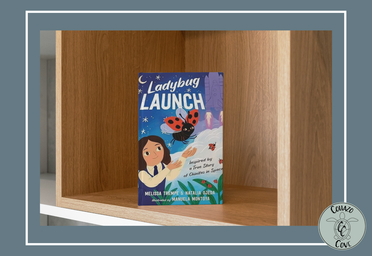
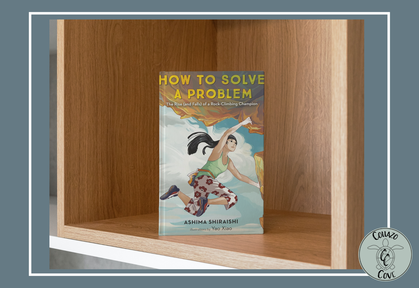
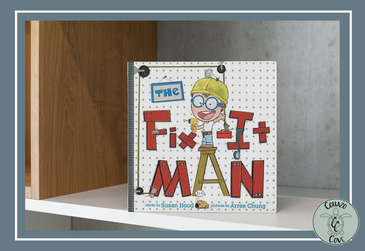
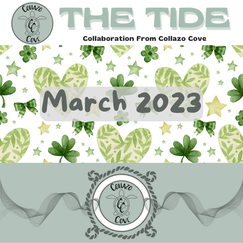

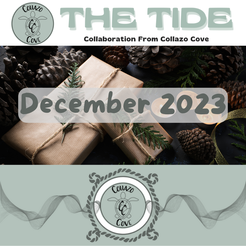

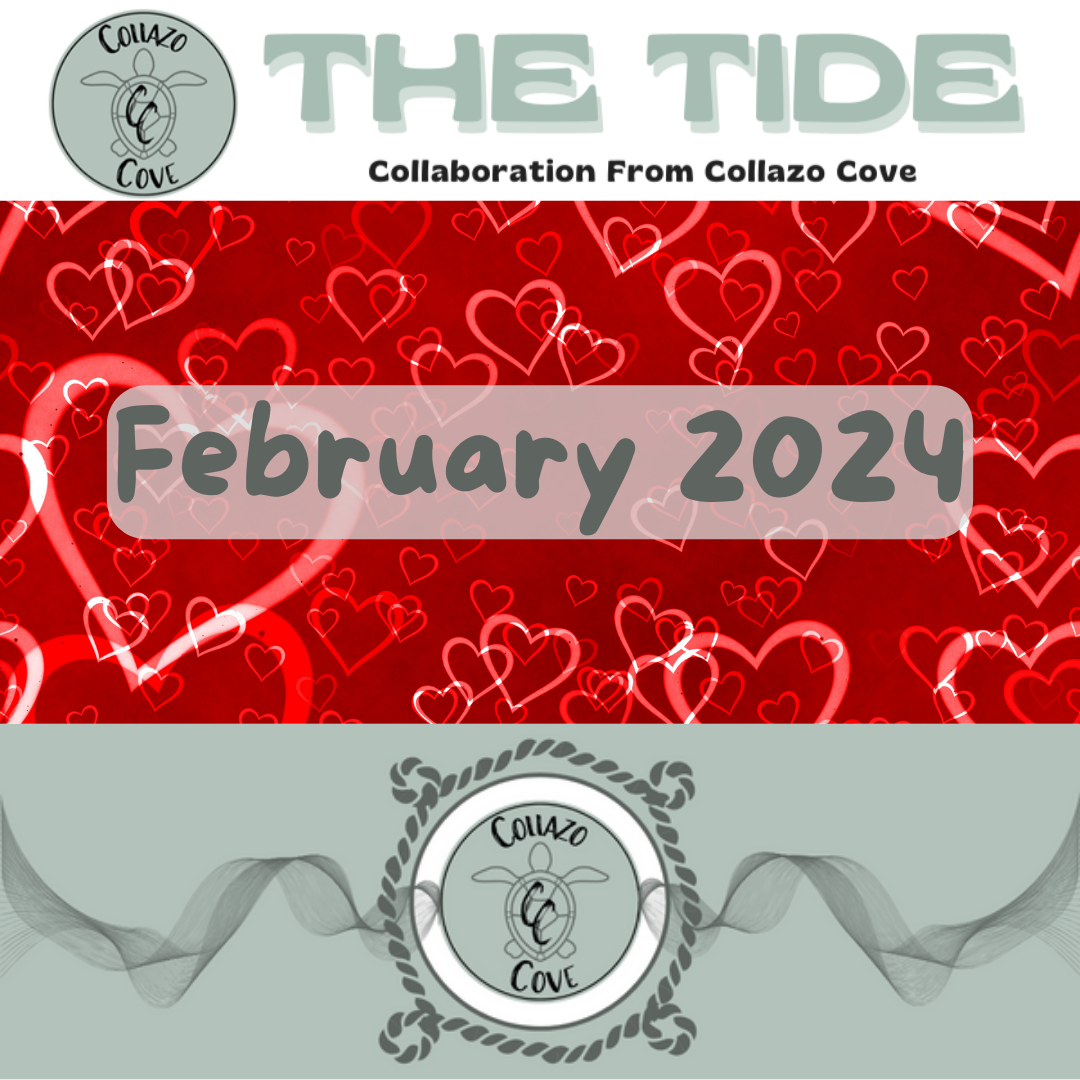
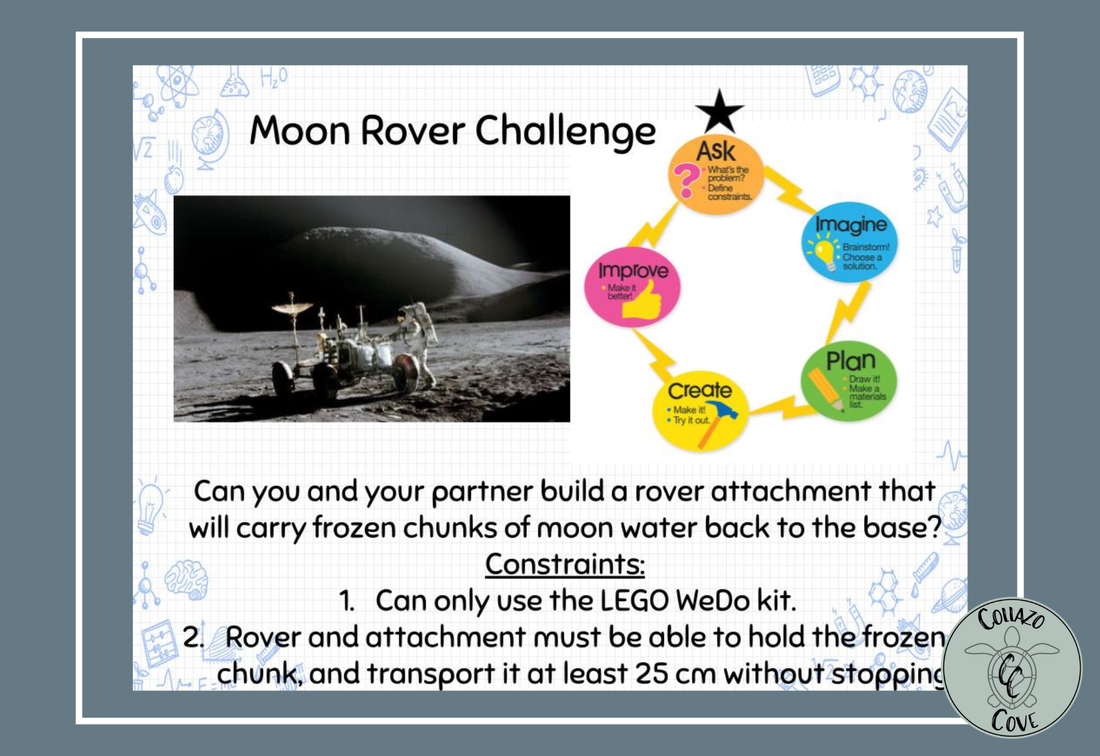
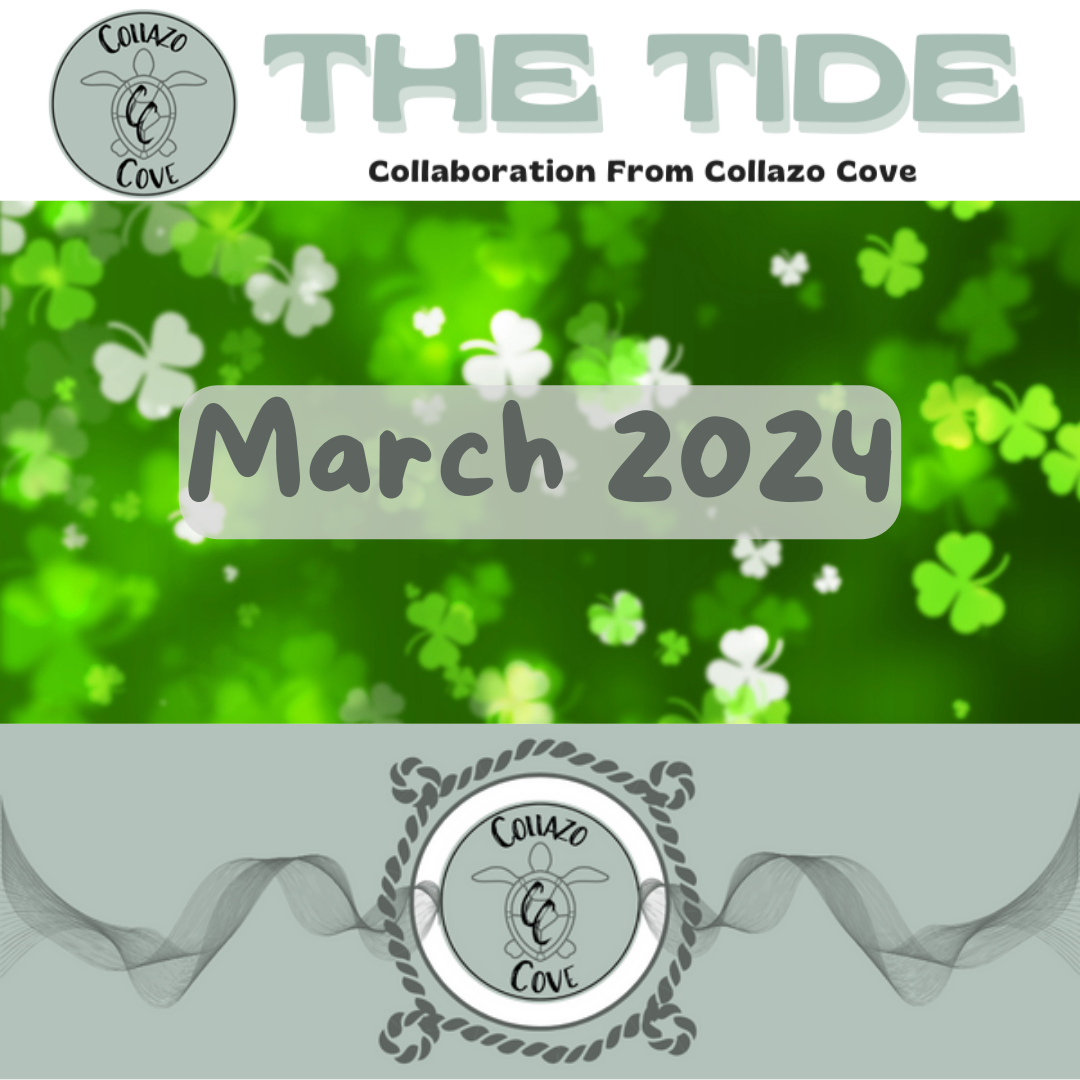
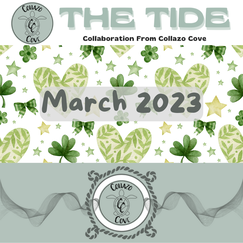
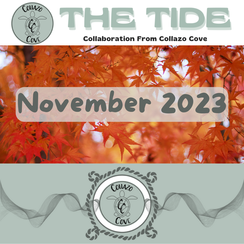
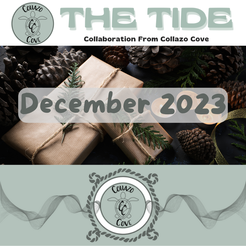
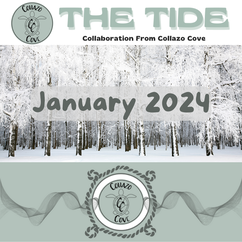
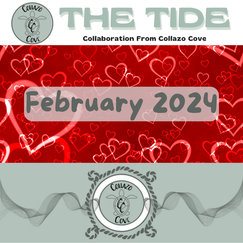

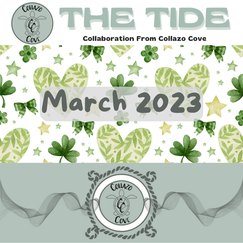
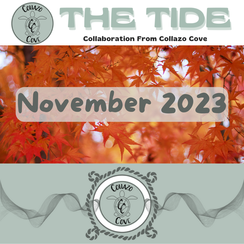
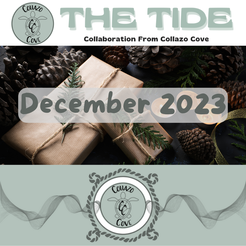
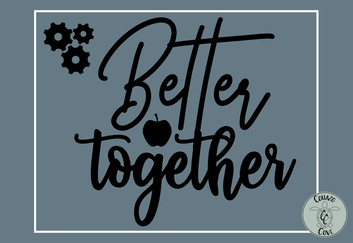
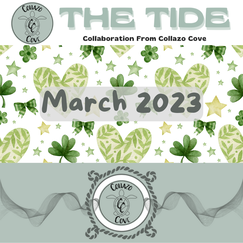
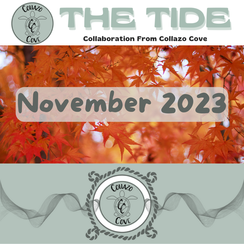
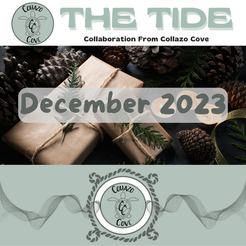

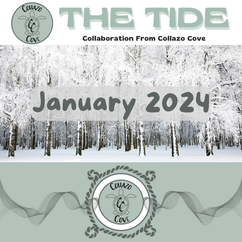
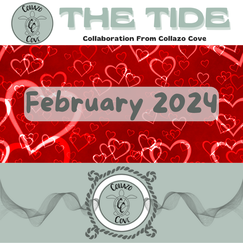

 RSS Feed
RSS Feed